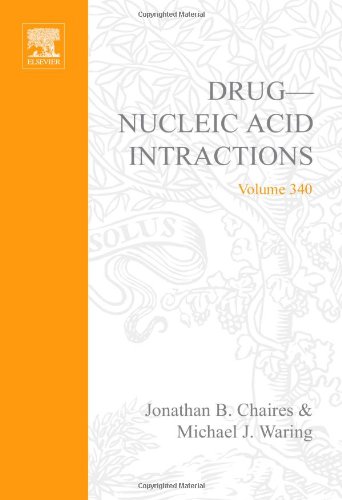

Most ebook files are in PDF format, so you can easily read them using various software such as Foxit Reader or directly on the Google Chrome browser.
Some ebook files are released by publishers in other formats such as .awz, .mobi, .epub, .fb2, etc. You may need to install specific software to read these formats on mobile/PC, such as Calibre.
Please read the tutorial at this link: https://ebookbell.com/faq
We offer FREE conversion to the popular formats you request; however, this may take some time. Therefore, right after payment, please email us, and we will try to provide the service as quickly as possible.
For some exceptional file formats or broken links (if any), please refrain from opening any disputes. Instead, email us first, and we will try to assist within a maximum of 6 hours.
EbookBell Team

4.0
56 reviews
ISBN 10: 0121822419
ISBN 13: 9780121822415
Author: Jonathan B Chaires, Michael J Waring
Part I: Structural and Biophysical Approaches
Part II: Targeted Interactions and Functional Assays
Part III: Cellular and Clinical Implications
drug nucleic acid interactions
methods for studying nucleic acid drug interactions
protein-nucleic acid interactions
drugs that inhibit nucleic acid synthesis
drug interactions with n-acetylcysteine
Tags: Jonathan B Chaires, Michael J Waring, Drug, Nucleic